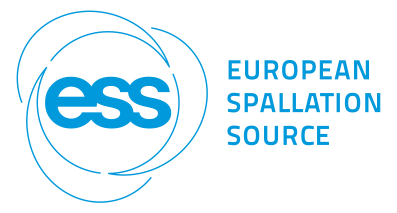Description
Molecular dynamics (MD) is a powerful tool for neutron science, as it enables direct computation of the dynamic structure factor—proportional to scattering intensity—used to interpret and plan experiments. Recent advances in machine-learned interatomic potentials (MLIPs) have made accurate MD simulations more accessible. Here, we present a workflow that combines MLIPs with MD to predict instrument-specific inelastic neutron scattering (INS) spectra by incorporating each instrument's kinematic constraint and resolution function. We demonstrate the approach on elemental silicon, crystalline benzene, and hydrogenated scandium-doped barium titanate, validating results against data from ARCS (SNS), TOSCA and MAPS (ISIS), and IN1 Lagrange (ILL). While focused on INS, the method extends to diffraction and quasi-elastic scattering with neutrons, X-rays, or electrons. The good agreement between simulated and experimental results highlights the potential of this approach for guiding and interpreting experiments, while also pointing out areas for further improvement.
